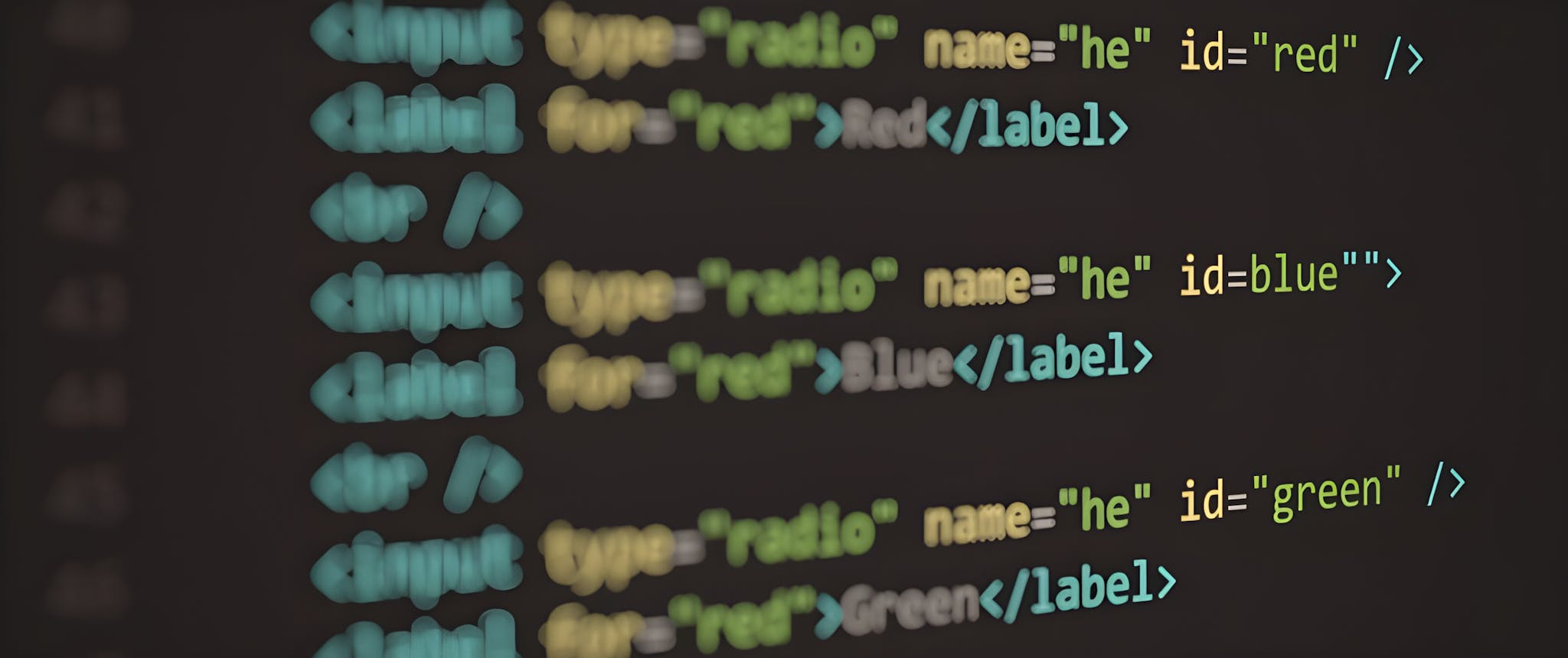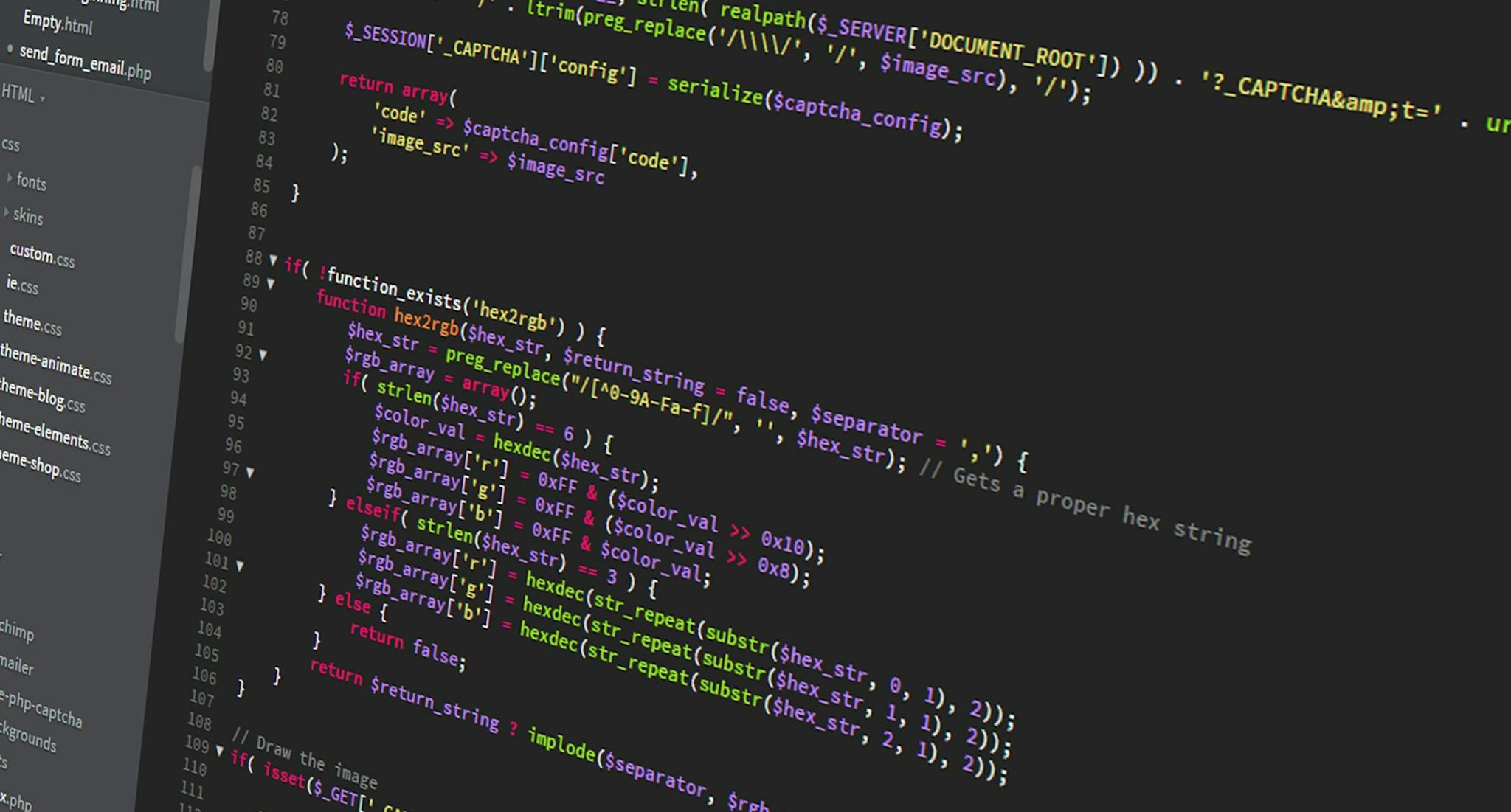When we think of software engineers, technical expertise often comes to mind—coding, debugging, and solving complex problems. However, soft skills are equally important in determining success. While technical proficiency is essential, how engineers collaborate, communicate, and adapt makes all the difference in today’s fast-paced development environment. Here’s a look at the key soft skills every software engineer should develop.
1. Effective Communication
Communication is at the heart of every successful software project. Software engineers must communicate with a variety of stakeholders—product managers, designers, clients, and fellow engineers. The ability to explain complex technical concepts in simple terms ensures that everyone is on the same page. Whether it’s writing clear documentation, contributing to code reviews, or presenting technical findings, communication is a critical skill that helps teams move forward efficiently.
2. Collaboration and Teamwork
Engineering is rarely a solo activity. Modern software development follows practices like Agile and DevOps, which rely on tight collaboration. Engineers need to work seamlessly in teams, whether it’s pair programming, collaborating on feature development, or resolving production issues. Being a good team player means actively contributing, supporting others, and sharing knowledge to achieve common goals.
3. Adaptability
Technology is constantly evolving, and software engineers must be ready to adapt to new tools, languages, and frameworks. Adaptability means not only keeping pace with new technology but also adjusting to changing project requirements, timelines, or roles within a team. Engineers who are open to learning and unlearning as needed stay relevant in an industry where change is the only constant.
4. Problem-Solving and Critical Thinking
Software engineers are problem solvers at their core, but the ability to think critically is a skill that goes beyond just fixing bugs. Engineers must approach problems logically, break them down into manageable parts, and explore multiple solutions. Critical thinking also helps in making architectural decisions, optimizing performance, and anticipating potential issues before they arise.
5. Time Management
Engineering projects are often on tight schedules. Balancing multiple tasks—whether it’s coding, testing, or participating in meetings—requires excellent time management skills. Knowing how to prioritize tasks, manage deadlines, and focus on what’s important ensures that projects stay on track without compromising quality. Engineers who can manage their time well are not only more productive but also contribute to a more efficient development cycle.
6. Receiving and Giving Feedback
A critical part of a software engineer’s growth is the ability to accept and learn from feedback. Whether it’s in the form of code reviews, performance evaluations, or peer feedback, being open to constructive criticism is crucial for improvement. On the flip side, providing helpful, respectful, and actionable feedback to peers helps maintain a positive and growth-oriented team culture.
7. Attention to Detail
Software engineers must have a high level of attention to detail. Whether debugging code or ensuring proper implementation of a feature, small mistakes can have significant consequences. An engineer who takes the time to carefully check their work, understand requirements deeply, and think through edge cases will deliver more reliable and maintainable code.
8. Empathy and User-Centered Thinking
In addition to technical skills, engineers must cultivate empathy for both their teammates and the end-users. Understanding how users will interact with the software and keeping user needs at the forefront of design decisions leads to better product outcomes. Empathy within the team fosters better collaboration, reduces misunderstandings, and strengthens team dynamics.
9. Resilience and Handling Pressure
Software engineers often work under pressure, whether it’s meeting tight deadlines or fixing production issues in real-time. The ability to stay calm under pressure, maintain focus, and not let stress impact work quality is essential. Resilient engineers can handle unexpected challenges and setbacks, allowing them to bounce back stronger and keep projects moving forward.
10. Continuous Learning
Software engineering is a field that demands continuous learning. Engineers need to stay updated on the latest trends, tools, and best practices. But beyond technical learning, they must also work on personal development—enhancing communication, leadership, and collaboration skills. As engineers grow, the balance of soft and technical skills becomes crucial to their long-term success.
Conclusion
While coding skills are foundational for software engineers, soft skills are what make them thrive in real-world environments. From communication and collaboration to problem-solving and adaptability, these interpersonal skills play a pivotal role in building strong teams, fostering innovation, and delivering successful software projects. Engineers who invest in developing their soft skills become better collaborators, leaders, and contributors in their organizations.





